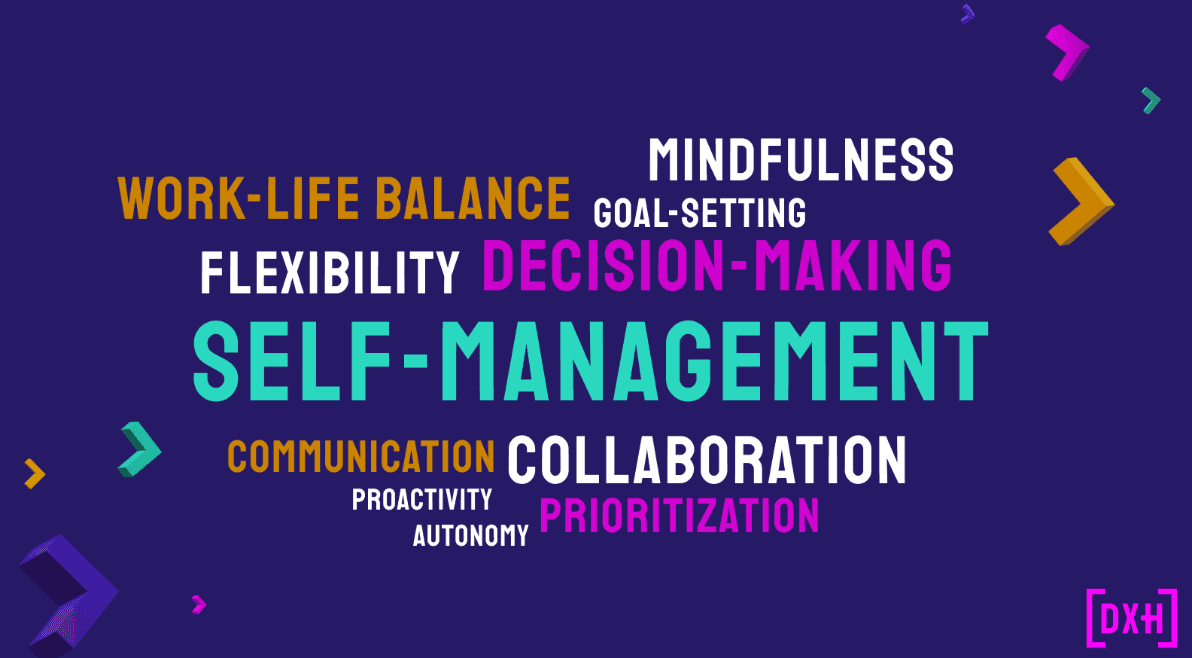
What is self-management work?
Self-management, self-organization, self-governing. Whatever you want to call it, you are probably aware of what we are talking about. When it comes to scheduling, tasks, and projects, in particular, a self-managed workplace promotes an atmosphere where employees are empowered to take charge without constant micromanagement. It's impressive, isn't it? Obviously, there are pros and cons to everything, and we'll examine those as well.
Why should you think about using a self-management approach to work?
The field of self-management offers several benefits that are easily apparent when selecting this approach. Here are our top three:
- Money saving - Money comes first. In the long run, this strategy can simplify operations and reduce the demand on middle management by distributing responsibilities and workloads more evenly across various positions. At some point, you might even reach a stage where middle management is no longer needed, which would mean significant savings for your budget.
- Higher employee engagement - An additional distinct benefit of this method of managing company tasks is that your employees can develop a much stronger sense of ownership over the company, leading to increased interest and involvement. Greater engagement can lead to fresh perspectives, improved productivity, and lower turnover rates.
- Increased agility - An interesting benefit of this self-management approach is the improvement in team agility it brings about. As a result, you will be able to adapt to changes and modern technological stacks quicker.

How do we make self-management work?
What is the process then? Since this is how we do things at DXH, we can confidently state that self-management is effective. Slowly but surely, we have mastered the fundamental ideas that work for everyone. Here are a few tips to keep in mind:
Get your goals clearly stated - The first thing you should do when implementing self-management is to figure out what you want to accomplish and why. Doing so will shed light on the breadth and trajectory of your next steps.